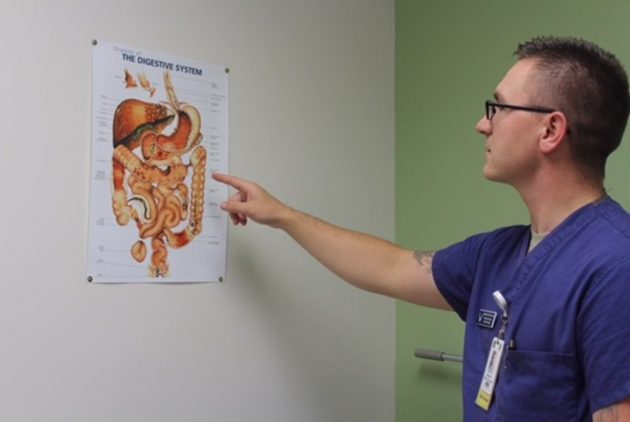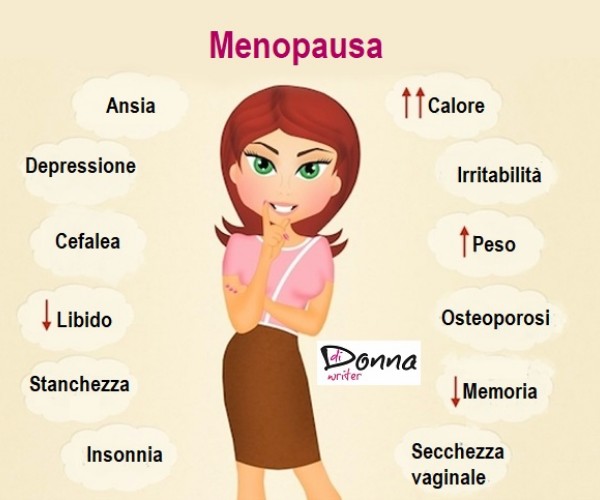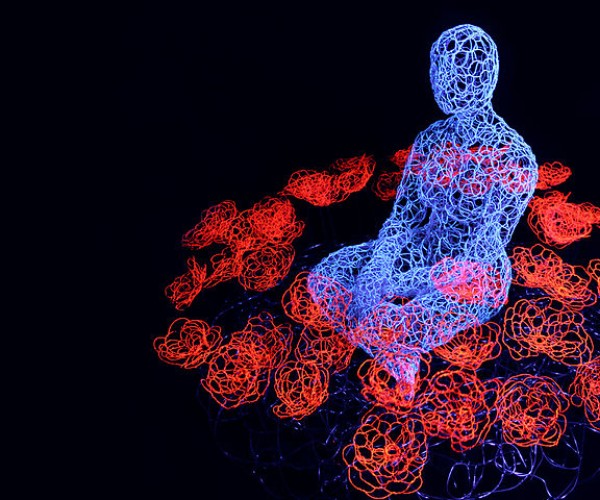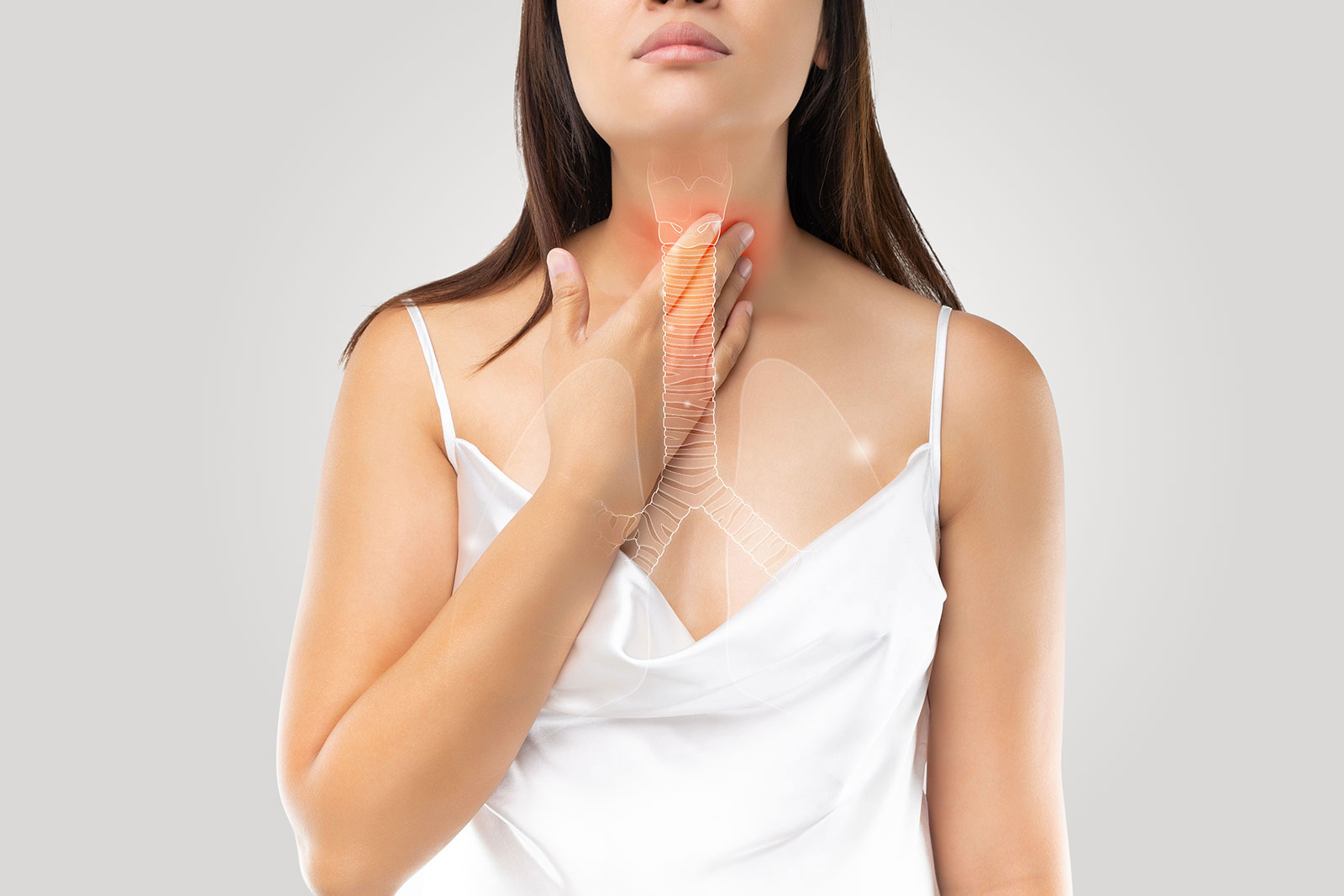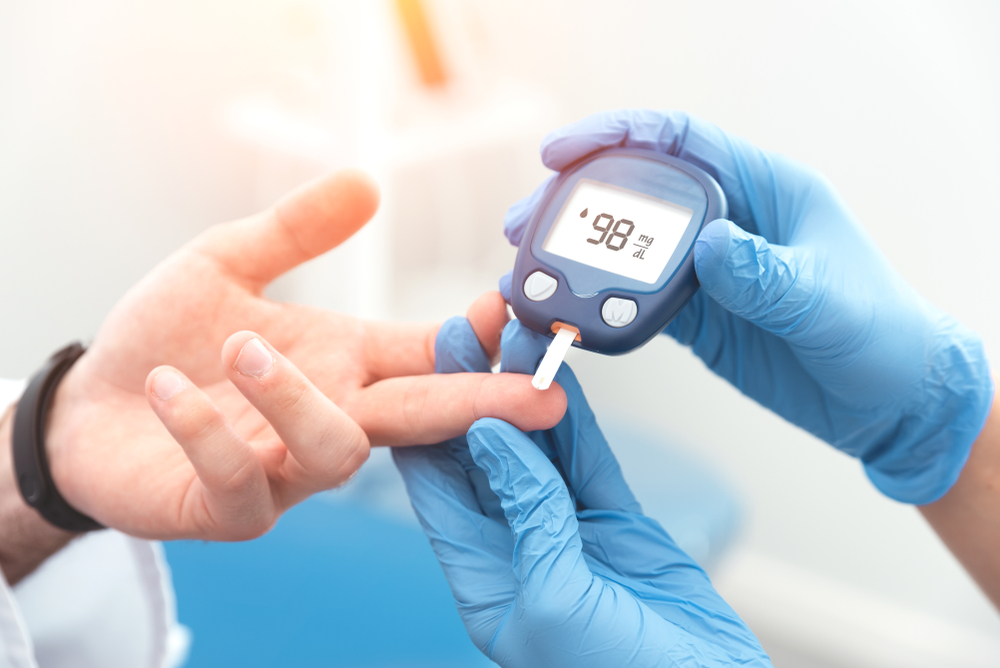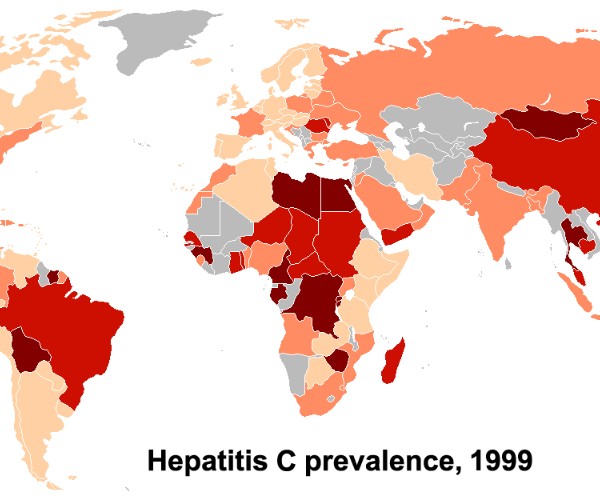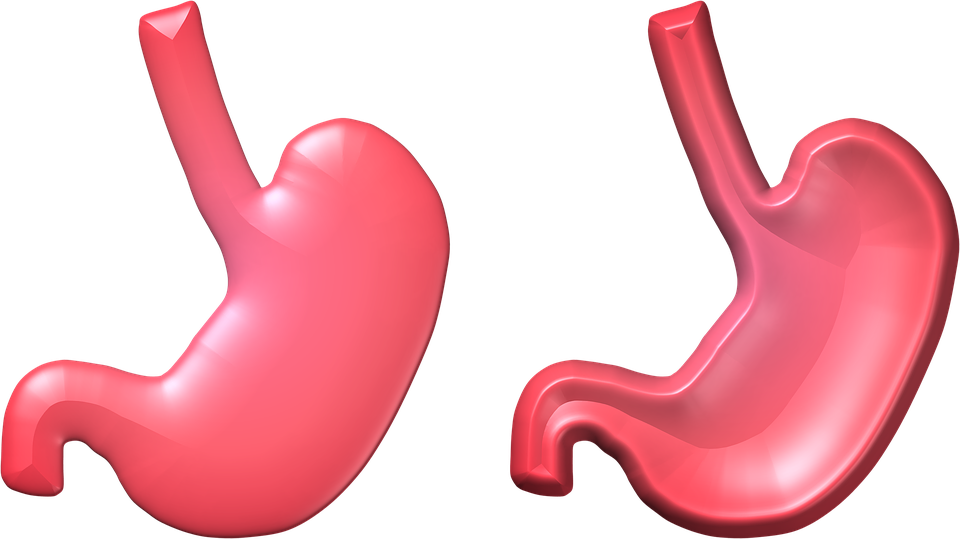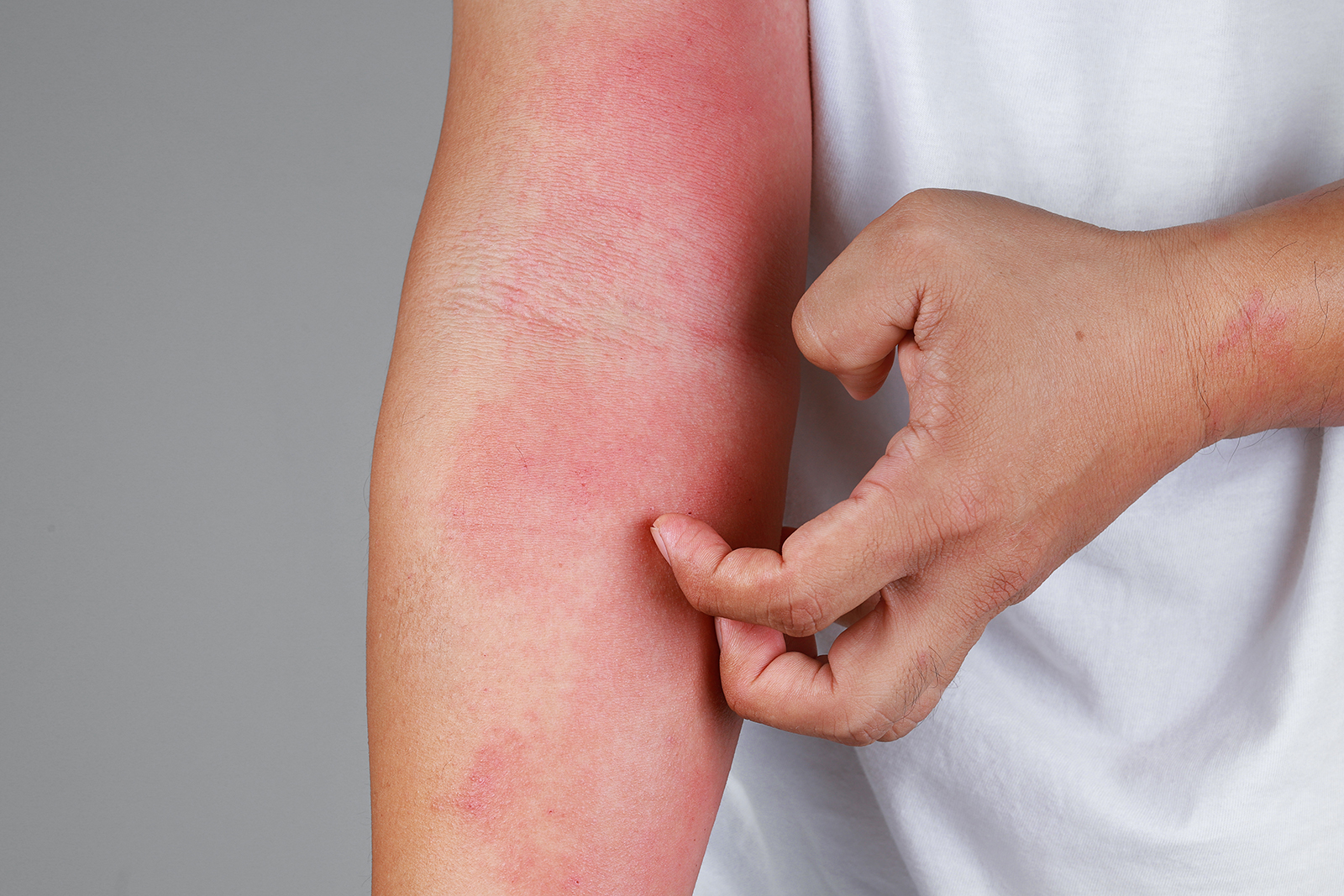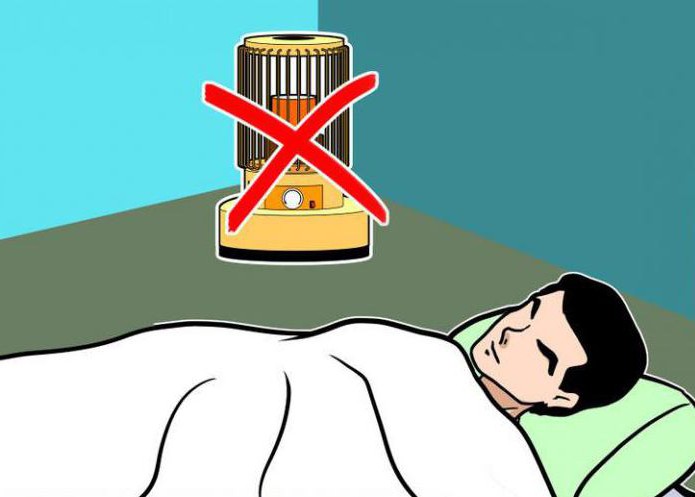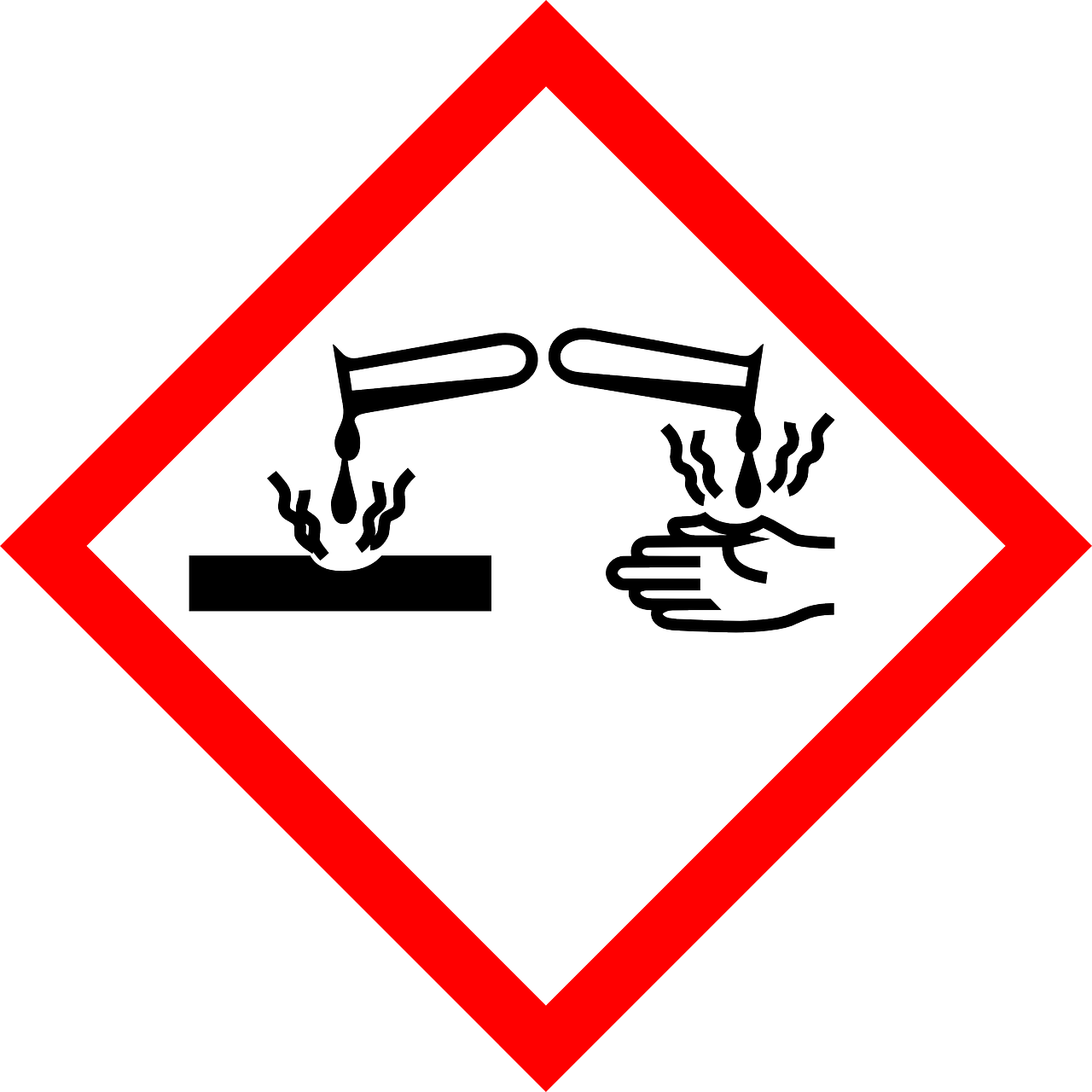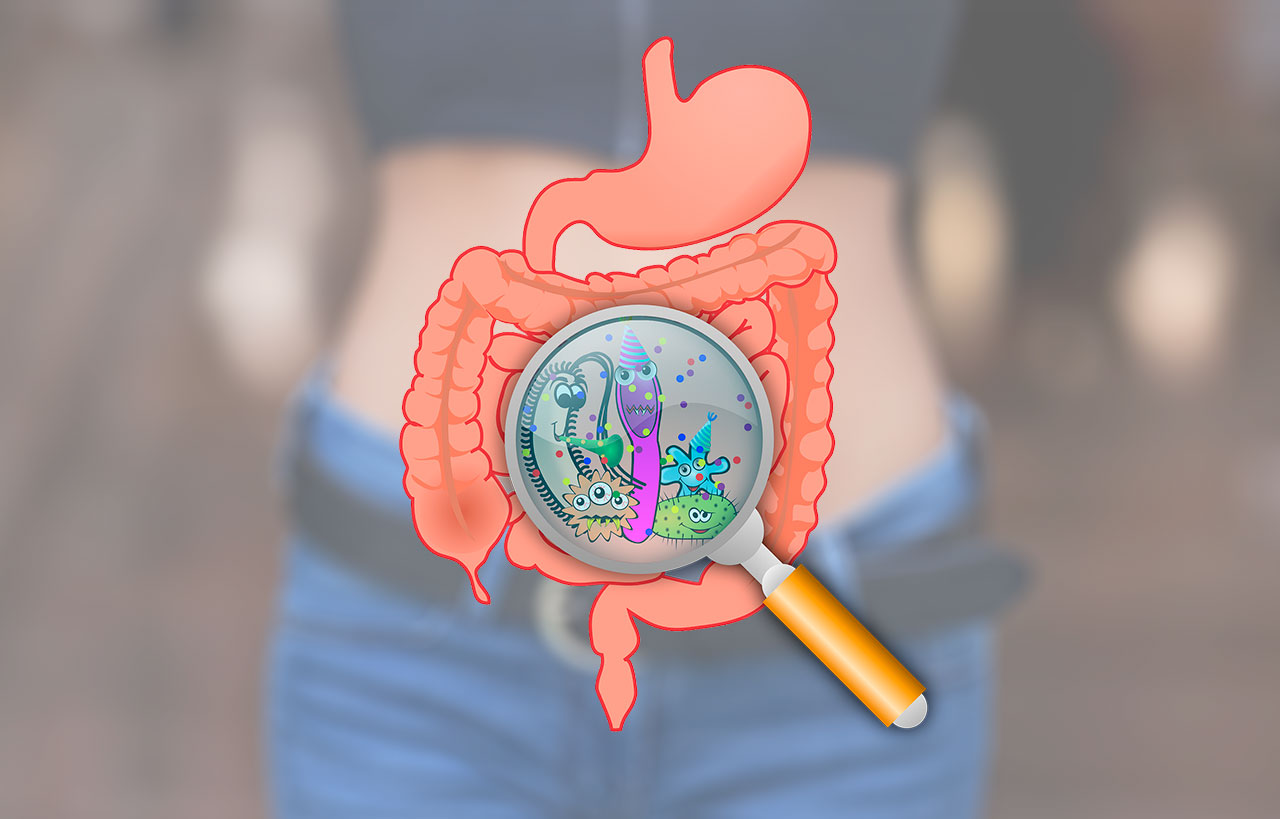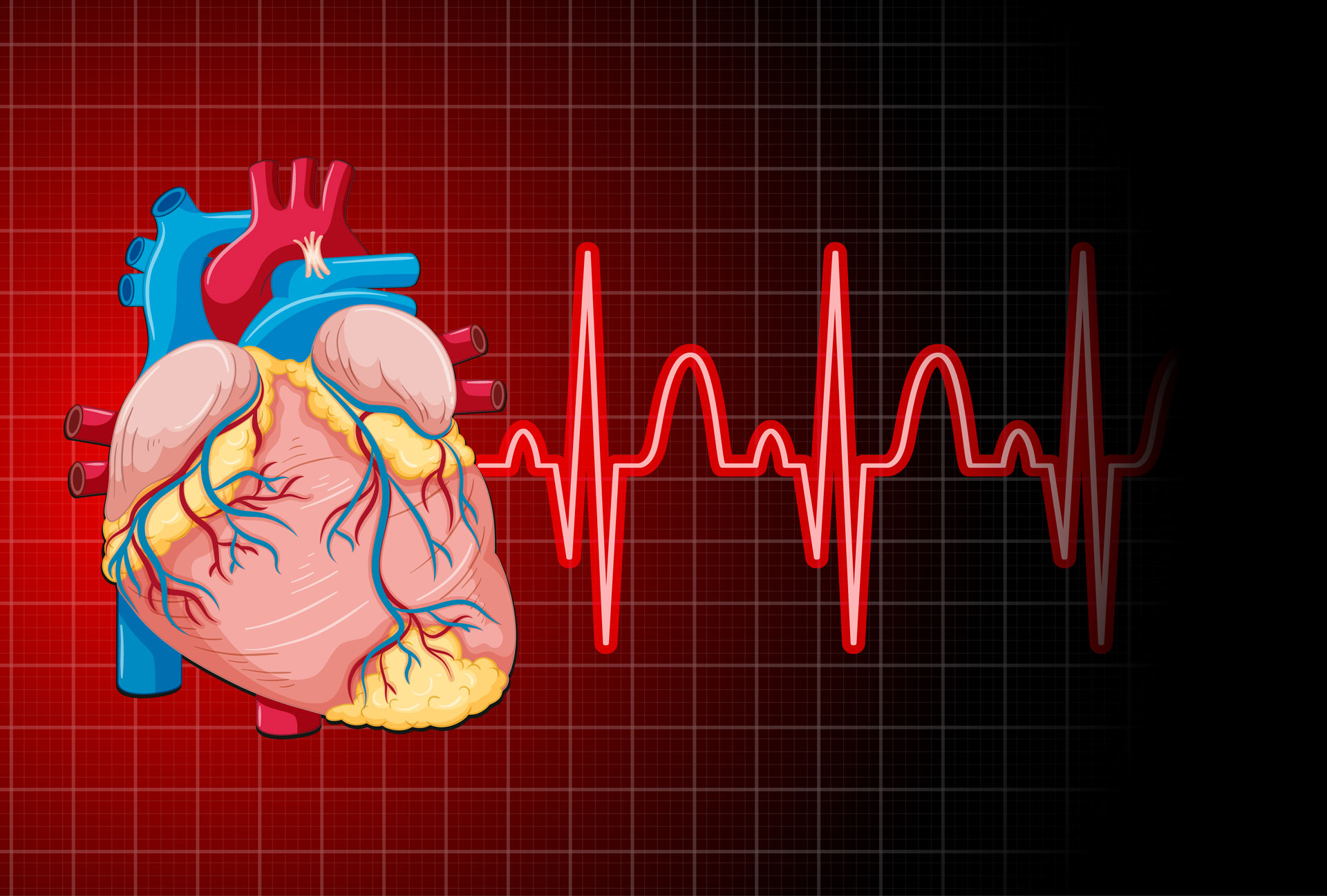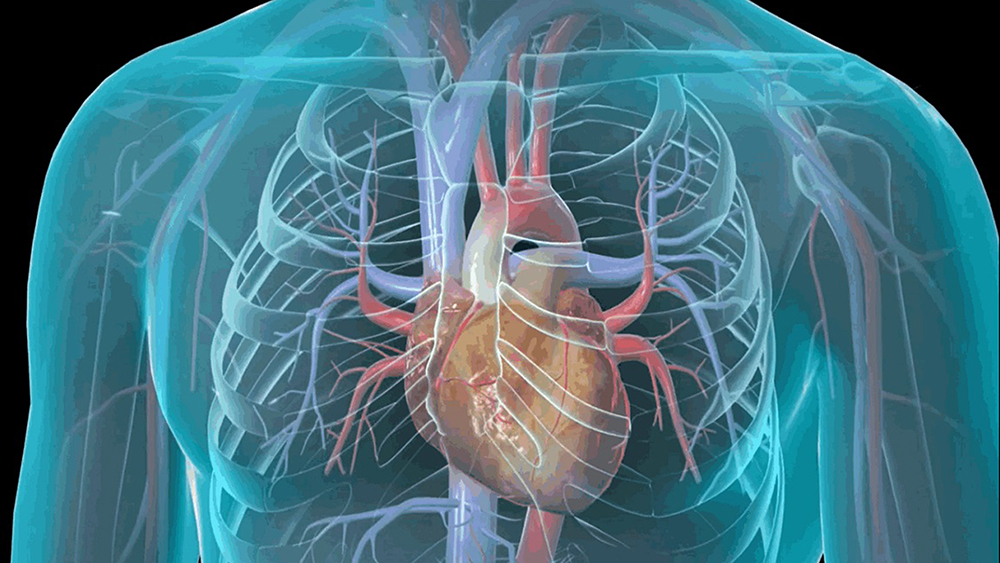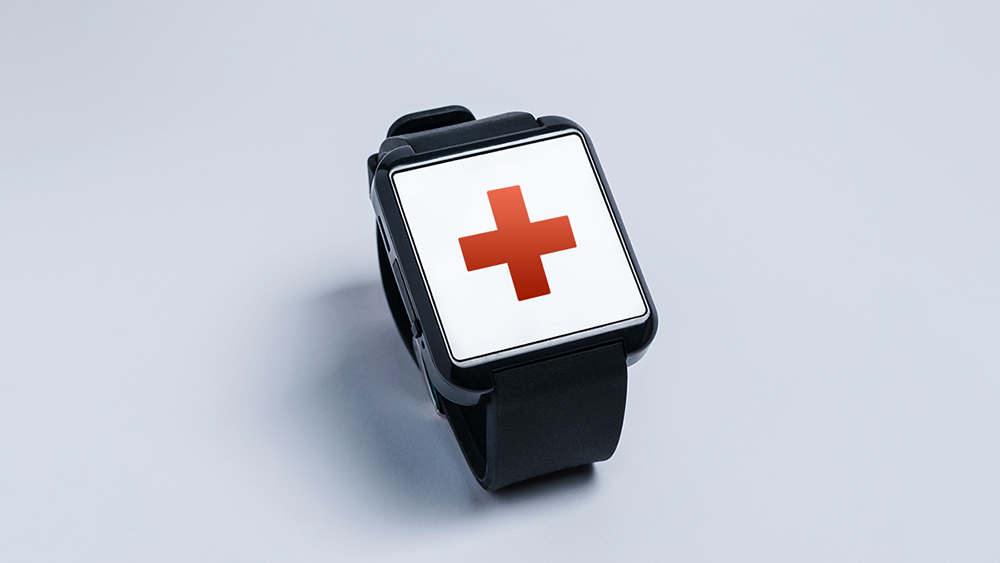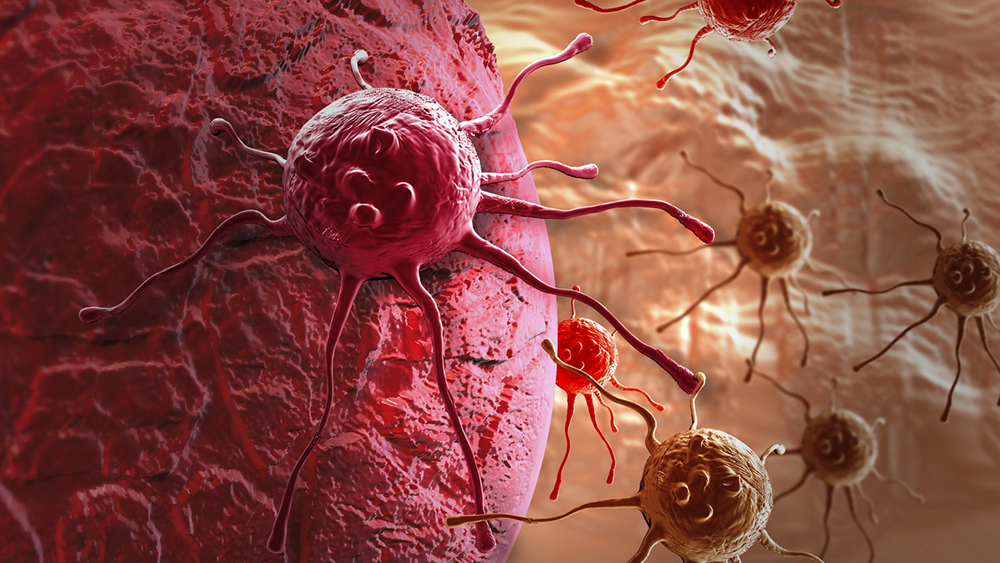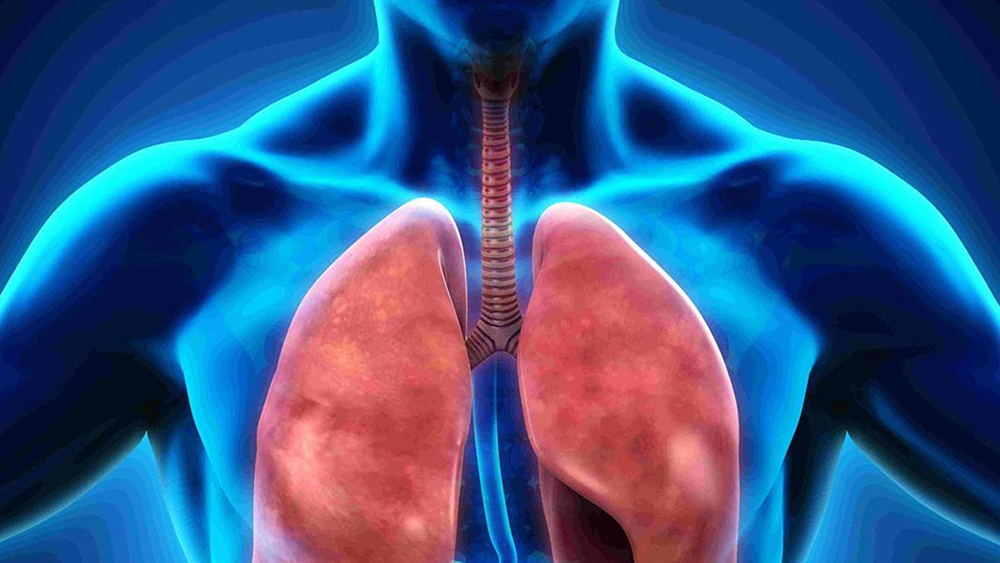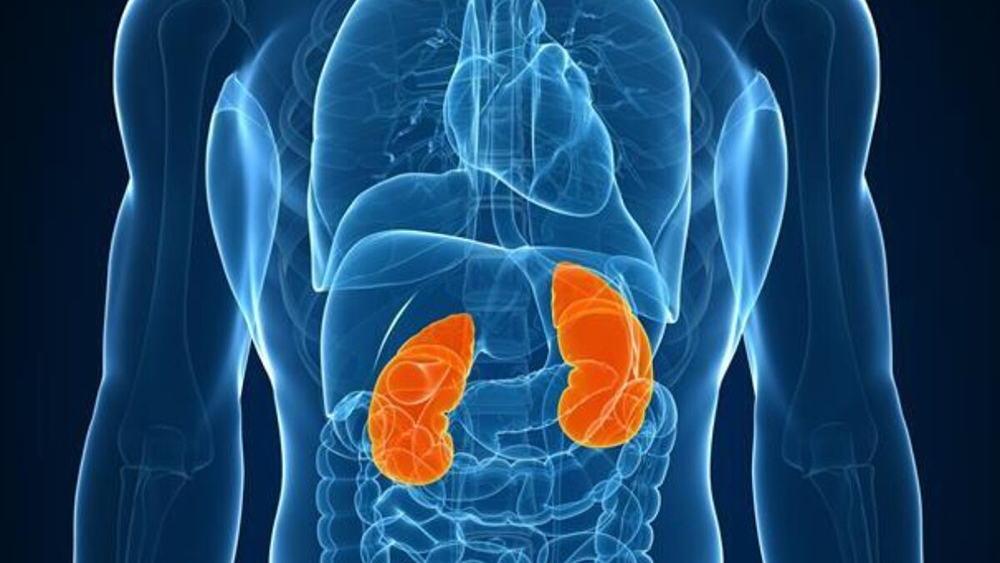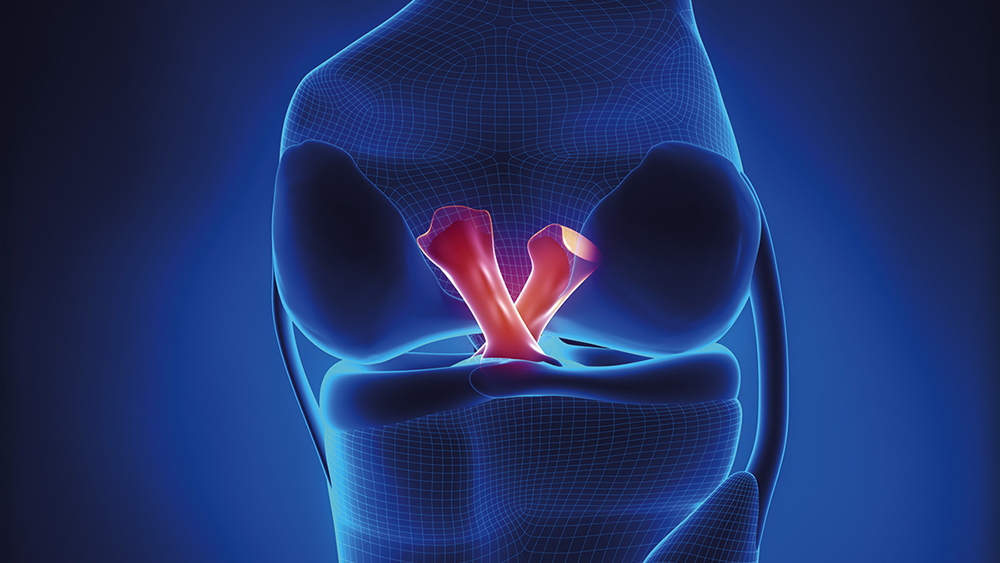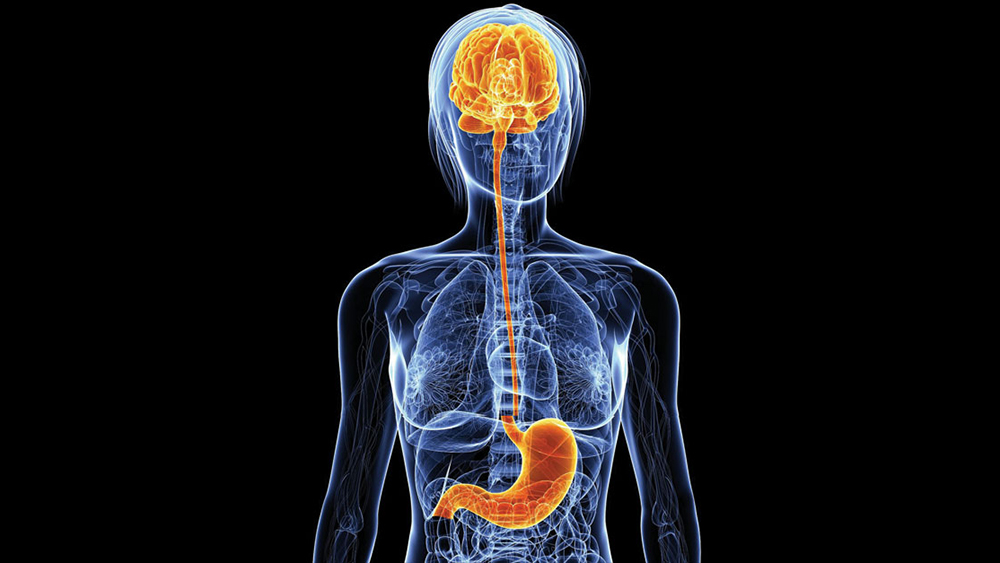Summary
This cancer treatment, commonly called ‘chemo’, uses powerful drugs to target cancer cells in the body.
These drugs kill the cancer cells or slow their growth, preventing them from spreading. Chemotherapy can be used alone or combined with other cancer treatments such as surgery or radiotherapy.
How chemo works
There are many types of chemotherapy drugs. Most treatment plans use a combination of drugs aimed at interrupting the process that allows cancer cells to divide and multiply.
These drugs can also damage healthy cells, but most of these can recover after treatment.
How to practice chemo
Chemo drugs can be administered in different ways: through a catheter inserted into a vein, they can be injected through a syringe, they can be ingested in pill or liquid form. Some chemo drugs can be applied directly to the skin.
How often treatment is carried out
The treatment schedule depends on the drugs used and the specific needs of the patient.
He may receive daily, weekly or monthly chemo treatments. The duration of treatment depends on how the body responds to the drugs. The care team monitors the patient’s progress with regular check-ups and lets you know how the treatment is progressing.
Side effects
For some patients, chemotherapy causes serious side effects. These can include nausea, vomiting, hair loss, memory problems and emotional changes. However, not all people experience side effects.
It is advisable to talk to your doctor about the side effects that may be caused by the drugs included in your care plan.
Overview
This cancer treatment, commonly called “chemo,”uses powerful drugs to target the cancer cells in your body. These drugs kill your cancer cells, or slow their growth and keep them from spreading.Chemotherapy can be used on its own. It can also be combined with other cancer treatments such as surgery or radiation therapy.
How Chemo Works
There are many types of chemo drugs. Most treatment plans use a combination of drugs. They interrupt the process that allows cancer cells to divide. These drugs may also damage healthy cells, but most healthy cells can repair themselves after treatment.
How You receive Chemo
Chemo drugs can be given in different ways. You may receive chemo through a catheter put into a vein. Chemo drugs can also be injected through a syringe, or you may swallow them in pill or liquid form. Some chemo drugs can be applied directly to the skin.
How often You are treated
Your treatment schedule depends on the drugsused, and on your specific needs. You may receivechemo treatments daily, weekly, or monthly. Thelength of your treatment depends on how your bodyresponds to the drugs. Your care team monitorsyour progress with regular checkups and lets youknow how your treatment is progressing.
Side Effects
For some patients, chemotherapy causes seriousside effects. These may include nausea, vomiting,hair loss, memory problems and emotionalchanges. However, not all people experience sideeffects. Talk to your doctor about the side effectsthat may be caused by the drugs in your care plan.






